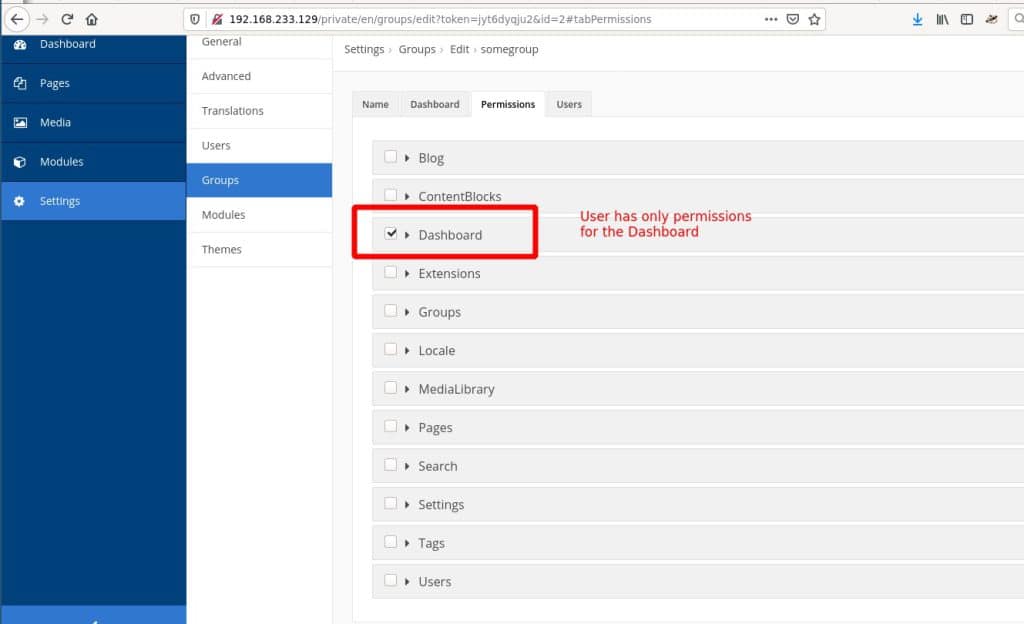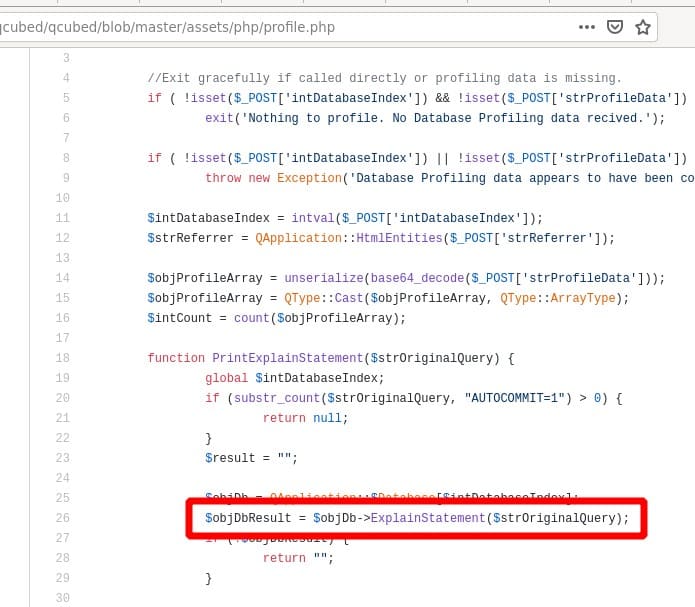Identifier: AIT-SA-20210215-04
Target: ForkCMS
Vendor: ForkCMS
Version: all versions below version 5.8.3
CVE: CVE-2020-24036
Accessibility: Remote
Severity: Medium
Author: Wolfgang Hotwagner (AIT Austrian Institute of Technology)
SUMMARY
VULNERABILITY DESCRIPTION
PHP object injection in the Ajax-endpoint of the backend in ForkCMS below version 5.8.3 allows authenticated remote user to execute malicious code.
The ajax-callbacks for the backend use unserialize without restrictions or any validations. An authenticated user could abuse this to inject malicious PHP-Objects which could lead to remote code execution:
<?php
namespace Backend\Core\Ajax;
use Backend\Core\Engine\Base\AjaxAction as BackendBaseAJAXAction;
use Symfony\Component\HttpFoundation\Response;
/**
* This action will generate a valid url based upon the submitted url.
*/
class GenerateUrl extends BackendBaseAJAXAction
{
public function execute(): void
{
// call parent, this will probably add some general CSS/JS or other required files
parent::execute();
// get parameters
$url = $this->getRequest()->request->get('url', '');
$className = $this->getRequest()->request->get('className', '');
$methodName = $this->getRequest()->request->get('methodName', '');
$parameters = $this->getRequest()->request->get('parameters', '');
// cleanup values
$parameters = unserialize($parameters); // ← VULNERABLE CODE
// fetch generated meta url
$url = urldecode($this->get('fork.repository.meta')->generateUrl($url, $className, $methodName, $parameters));
// output
$this->output(Response::HTTP_OK, $url);
}
}
PROOF OF CONCEPT
In order to exploit this vulnerability, an attacker has to be authenticated with least privileges. We tested this exploit with “Dashboard” permissions:
For demonstration purposes we created a proof of concept exploit that deletes files and directories from the webserver. With a little bit more effort an attacker might also find a payload for executing a webshell. There are many gadgets available in the vendor directory.
The object-injection code for generating a payload might look as following:
'O:27:"Swift_KeyCache_DiskKeyCache":1:{s:4:"keys";a:1:{s:%d:"%s";a:1:{s:%d:"%s";s:9:"something";}}}' % (len(filepath),filepath,len(deletefile),deletefile)
First we created a file with proper permissions on the webserver that the exploit should delete later:
After that we can execute our exploit:
As we can see next, the file was deleted successfully:
VULNERABLE VERSIONS
All versions including 5.8.1 are affected.
TESTED VERSIONS
ForkCMS 5.8.1 (with Debian 10 and PHP 7.3.14-1)
IMPACT
An authenticated user with minimal privileges could execute malicious code.
MITIGATION
Fork-5.8.3 fixed that issue
VENDOR CONTACT TIMELINE
ADVISORY URL
WOLFGANG HOTWAGNER
Research Engineer /
Security & Communication Technologies




